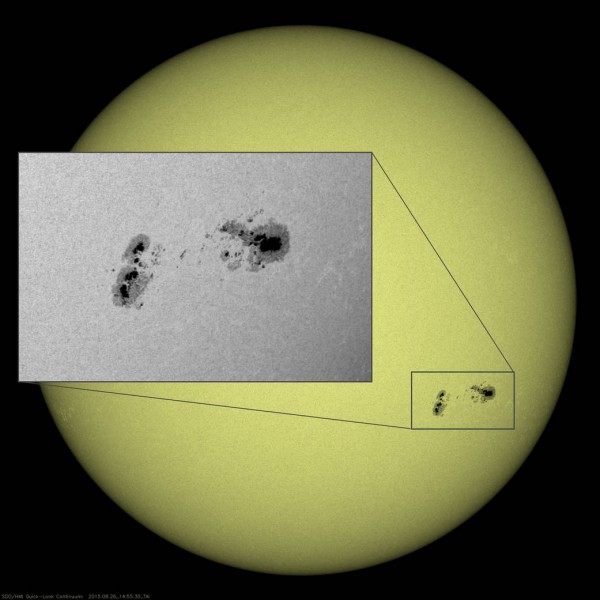An asteroid worth a potential £3.5 trillion ($5.4 trillion) is due to pass by Earth on Sunday, and you can watch it live from 11pm UK time (6.30pm ET).
Asteroid 2011 UW-158's fly-by will be streamed live on the internet from an observatory in the Canary Islands.
The space rock has attracted the attention of asteroid mining company Planetary Resources, because it is thought to have a 100 million ton core of platinum that the company might one day want to exploit.
Asteroid 2011 UW-158 will pass within 1.5 million miles (2.4 million km) from Earth on Sunday - 30 times closer than our nearest planet.
It is less than half a mile (1km) across, but is thought to be immensely valuable because of its platinum core.
An organisation call Slooh, that links telescopes to the internet for public viewing, will be providing the images live from their website, along with a discussion about the asteroid and its possible value to space prospectors.
http://main.slooh.com/
WHAT IS AN X-TYPE ASTEROID?
Asteroids like 2011 UW-158 are described as ‘X-type’ asteroids.
X-type asteroids are composed primarily of metal, and appear to be the remnants of large asteroids that fully separated into core and mantle.
Many of these were destroyed in huge collisions in the solar system’s early history, leaving just their tough metallic cores.
'It's always fun when an asteroid whooshes past our world so the Slooh telescopes will be watching live when asteroid 2011 UW-158 passes 30 times closer to us than the nearest planet, on July 19.’ Slooh Astronomer Bob Berman said.
'What makes this unusual is the large amount of platinum believed to be lurking in the body of this space visitor.
‘Can it be mined someday, perhaps not too far in the future?'
Planetary Resources considers asteroids like 2011 UW-158 as ‘X-type’ asteroids.
X-type asteroids are composed primarily of metal, and appear to be the remnants of large asteroids that fully separated into core and mantle.
Many of these were destroyed in huge collisions in the solar system’s early history, leaving just their tough metallic cores.
Planetary Resources yesterday launched an asteroid mining test vehicle from the ISS, beginning a 90 day mission that will involve testing its software and control systems.
The company one day hope to send the probe to venture far into the solar system to prospect for resource-rich near-Earth asteroids
The vehicle, called the Arkyd 3 Reflight (A3R) will test components that Planetary Resources hope will allow a future probe to extract water from asteroids.
Finding water on asteroids is central to Planetary Resources' mission, as it can be broken down in to hydrogen and oxygen for rocket fuel, allowing crafts to stay out longer and explore further for precious metals.
A3R won't actually be doing any drilling, but it will test avionics that will be used in the probe that they hope to send, as well as test Planetary Resources' systems' resilience to the harsh environment in deep space.
'The successful deployment of the A3R is a significant milestone for Planetary Resources as we forge a path toward prospecting resource-rich asteroids,’ said Peter H. Diamandis, co-founder and co-chairman of Planetary Resources.
'Our team is developing the technology that will enable humanity to create an off-planet economy that will fundamentally change the way we live on Earth.'
the last minute of this 3 minute vid is relevant
https://en.wikipedia.org/wiki/Planetary_Resources






















 .
.









